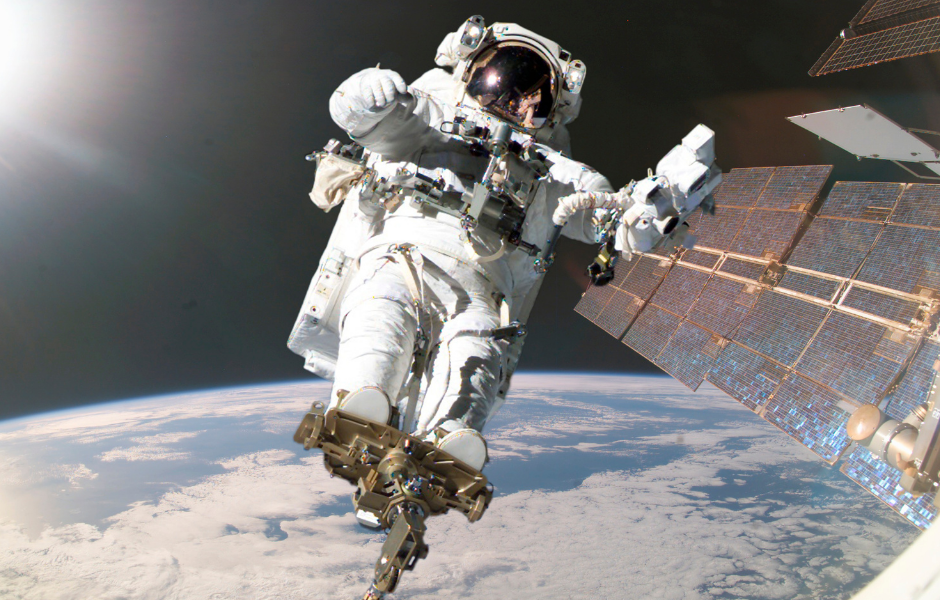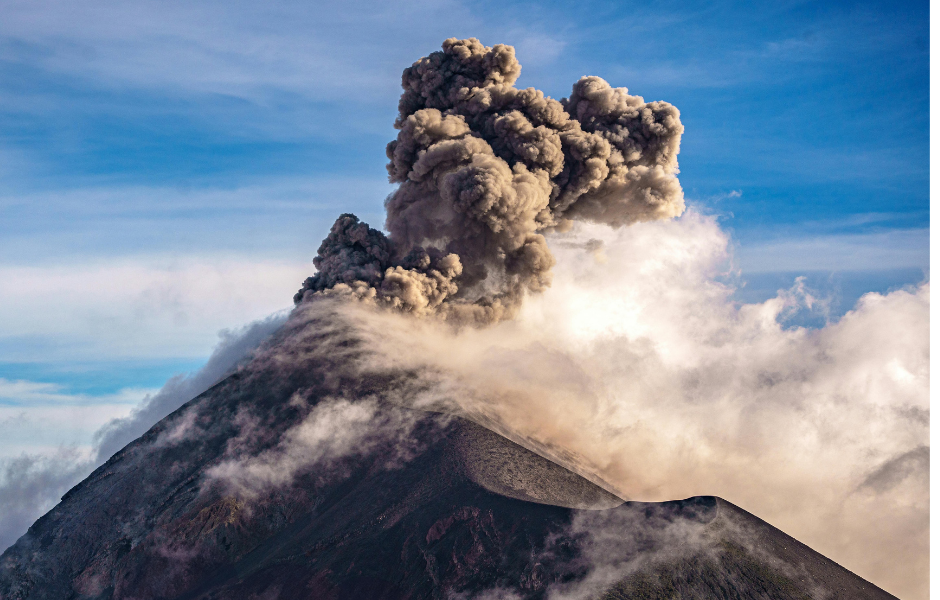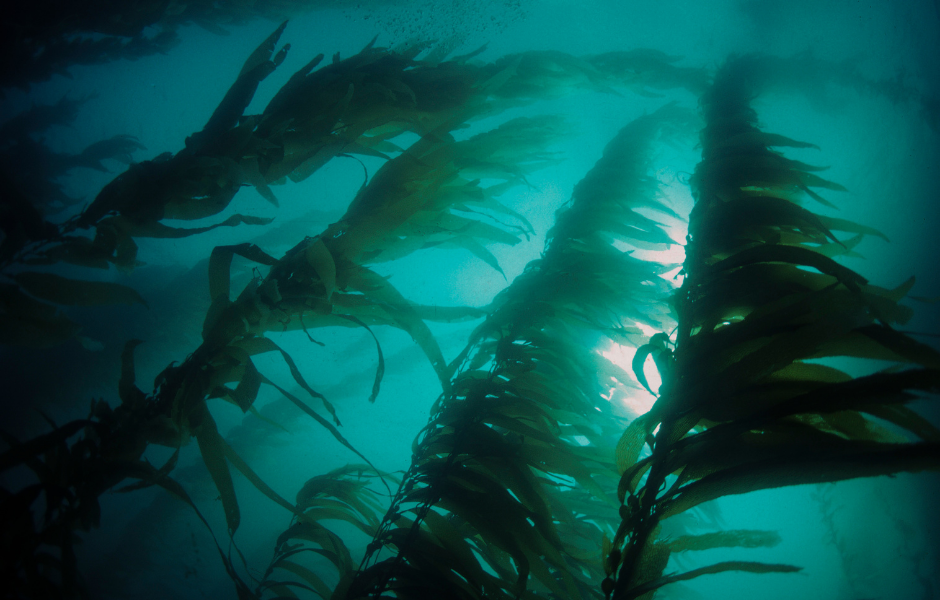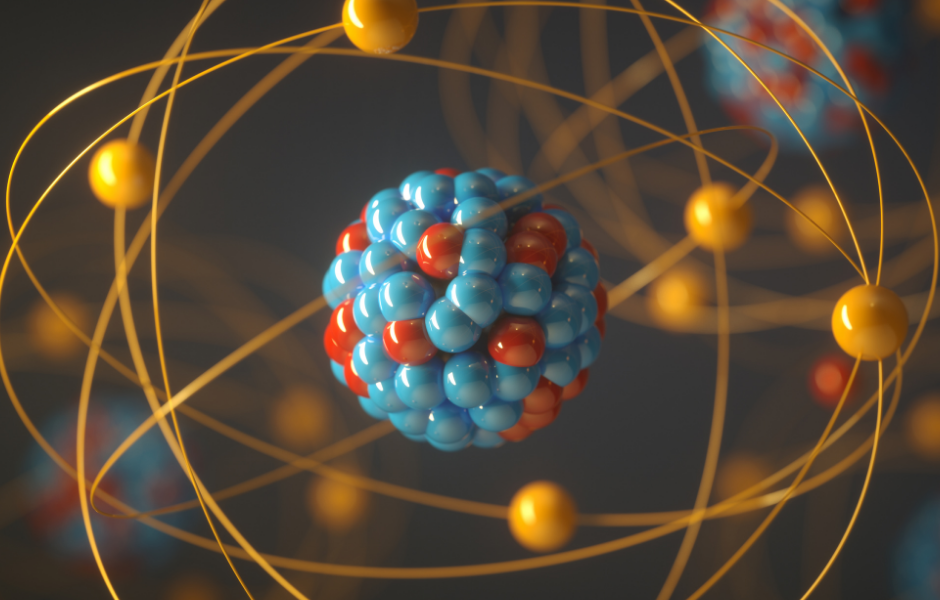
This children’s article, A kids’ guide to atoms and molecules, has been written for native English speakers and learners of English as a second or foreign language. It can help children build vocabulary, learn about science, and understand the invisible building blocks that make up everything around us. Written by Mark Pulley, a teacher and writer who creates fun and informative news articles for English learners.
What are atoms?
Everything you see, your desk, your cat, the air you breathe, is made of atoms. Atoms are the smallest parts of matter that can exist on their own. They’re like the Lego bricks of the universe!
Atoms are incredibly small; a single strand of hair is about a million atoms wide. Each atom has a centre called a nucleus, made up of tiny particles called protons and neutrons. Spinning around the nucleus are even smaller particles called electrons.
A short history of discovery
People have wondered what everything is made of for thousands of years. The idea of atoms began in ancient Greece around 2,500 years ago, when a philosopher named Democritus suggested that everything was made of invisible pieces he called “atomos,” meaning “uncuttable.”
But it wasn’t until the 1800s that scientists like John Dalton began to prove that atoms were real. In the 20th century, scientists used new tools, like X-rays and particle accelerators, to study atoms more closely, discovering how they behave, and they also learned how to split them apart to release energy.
What are molecules?
When two or more atoms join together, they form a molecule. Molecules can be simple, like oxygen (O₂), which has two oxygen atoms, or complex, like DNA, which has billions of atoms all connected in special ways.
You can think of molecules as words made from atomic “letters.” Just as letters combine to make words, atoms combine to make the materials around us. For example, two hydrogen atoms and one oxygen atom make a water molecule (H₂O).
How do scientists study them?
Studying atoms and molecules isn’t easy because they’re too small to see with normal microscopes. Scientists use special machines, like electron microscopes and particle accelerators, to observe how these particles move and react. They also use models and computer simulations to understand how atoms form molecules and how those molecules behave in the real world.
Atoms and molecules explain everything, from why water boils to how plants grow and how your body works. When scientists understand how atoms connect and react, they can create new materials, medicines, and technologies. Without understanding atoms, there would be no smartphones, clean energy, or even chocolate as we know it!
Fun facts about atoms and molecules
Atoms are mostly empty space. If the nucleus were the size of a pea, the nearest electron would be about 200 metres away! There are more atoms in a single grain of sand than there are stars in the Milky Way galaxy. And believe it or not, the atoms in your body are billions of years old. Some may have once been inside a dinosaur!
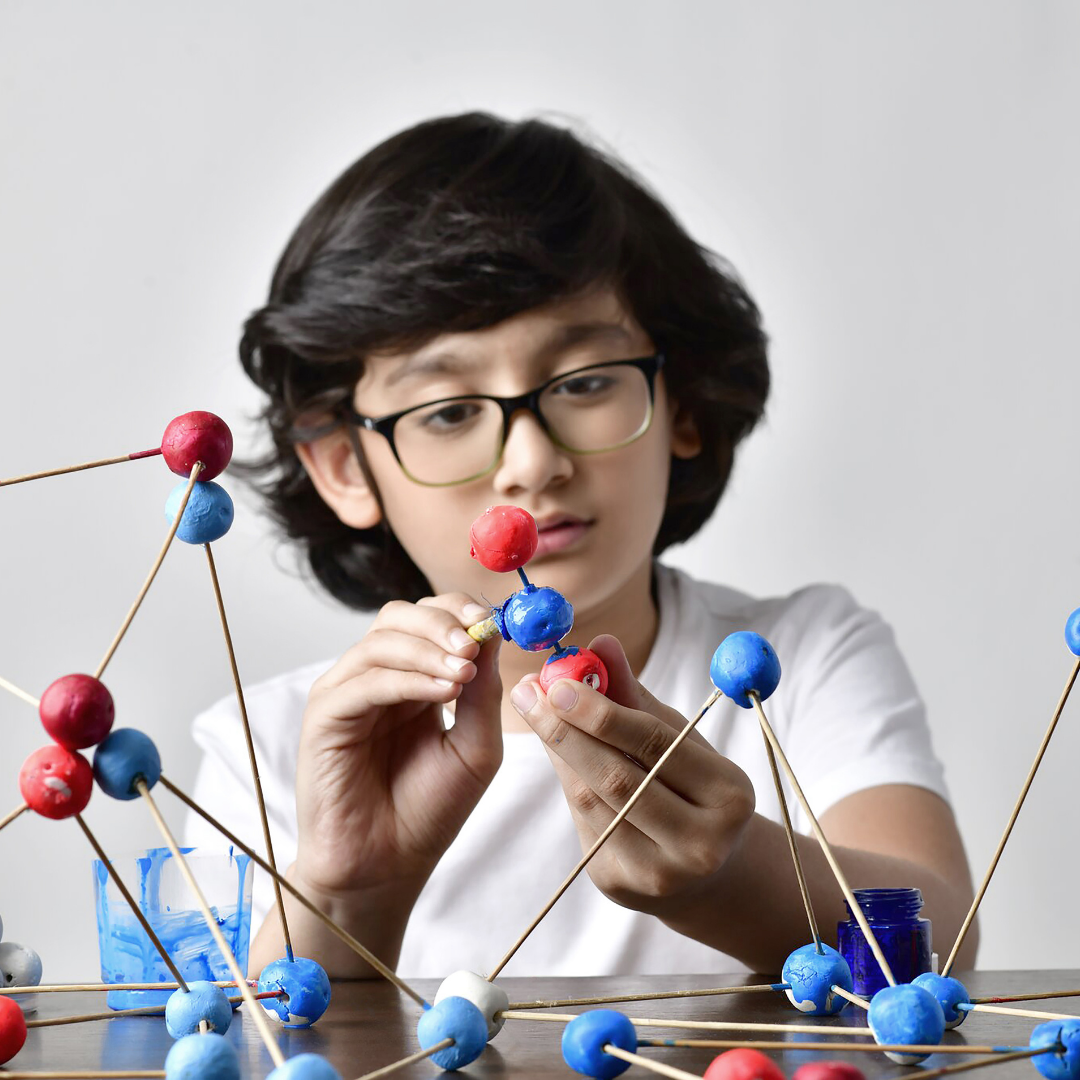
Article vocabulary list
- Atom: The smallest part of an element that can exist on its own.
- Molecule: A group of atoms joined together.
- Nucleus: The centre of an atom containing protons and neutrons.
- Electron: A tiny particle that orbits around the nucleus of an atom.
- Element: A pure substance made of only one type of atom.
- Philosopher: A person who studies ideas about existence and knowledge.
- Particle accelerator: A machine that speeds up tiny particles to study their properties.
- Simulation: A model or computer program that copies how something works.
Comprehension questions
Just click the plus (+) to see the answer
1. What are atoms often compared to in this article?
A) Blocks of ice
B) Lego bricks
C) Raindrops
Answer: B) Lego bricks
2. Who first suggested the idea of atoms over 2,000 years ago?
A) Isaac Newton
B) Democritus
C) Albert Einstein
Answer: B) Democritus
3. What happens when atoms join together?
A) They form a molecule
B) They disappear
C) They melt
Answer: A) They form a molecule
4. What kind of tools do scientists use to study atoms?
A) Telescopes
B) Magnifying glasses
C) Electron microscopes and particle accelerators
Answer: C) Electron microscopes and particle accelerators
5. What are atoms mostly made of?
A) Water
B) Empty space
C) Dust
Answer: B) Empty space
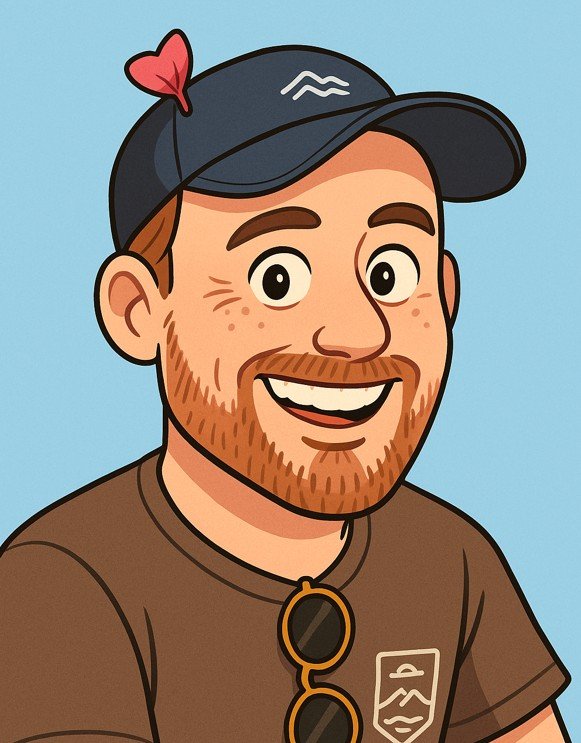
Mark is a writer and EFL teacher from England with eight years’ experience. He’s passionate about travel, sport (especially football), animals, nature, and history, and enjoys helping children explore the world through language and learning.

